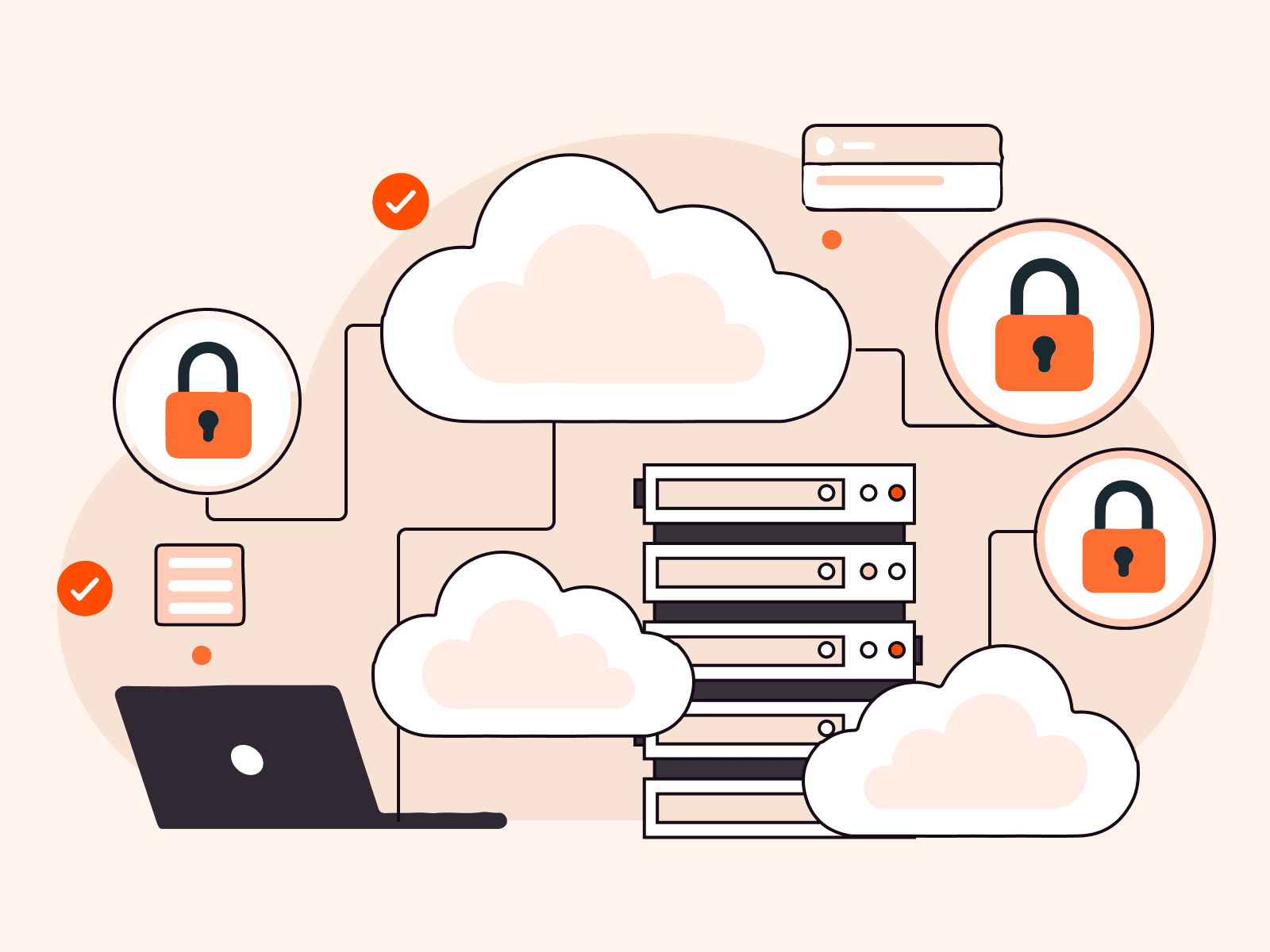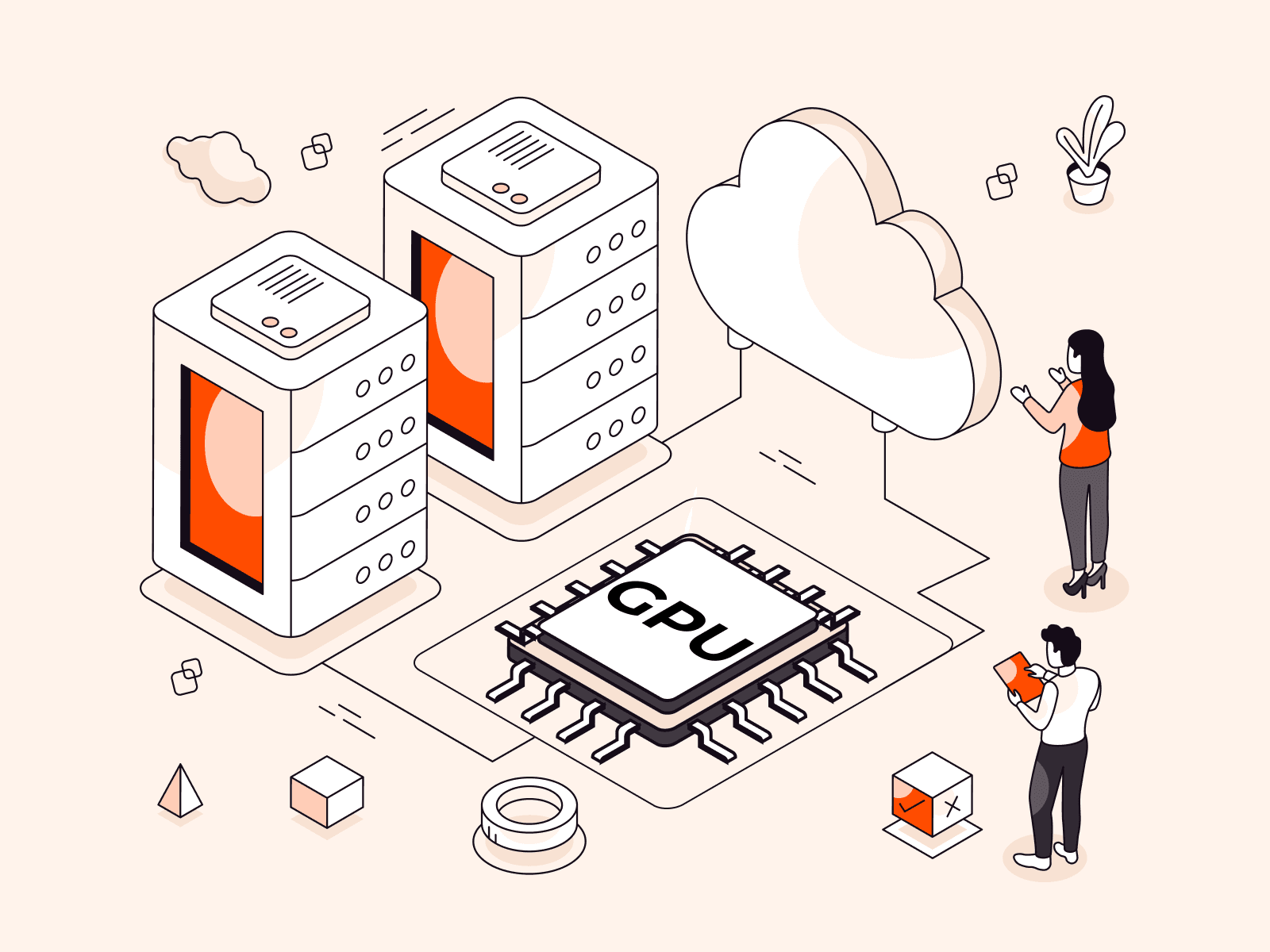Learn how to customize your Linux system with ease using Dconf Editor with our quick guide. Whether you’re a beginner or an experienced Linux user, our guide will take you through the process step-by-step. With Dconf Editor, you can easily modify and control your system settings to get the most out of your Linux desktop environment.
What Is Dconf Editor? A Guide to Its Features
Dconf Editor is a powerful graphical interface tool for managing the configuration settings of a Linux system. It provides a user-friendly way to access and modify the dconf database, which stores low-level configuration data for the GNOME desktop environment and other applications.

Here are at least five features of Dconf Editor:
- Graphical User Interface (GUI). Dconf Editor offers a graphical interface that makes it easier for users to navigate through the various configuration settings without the need to use command-line tools. This GUI is especially beneficial for users who prefer visual interaction with their system’s settings.
- Hierarchical Settings Structure. The settings in Dconf Editor are organized in a tree-like hierarchical structure, allowing users to easily find the specific settings they want to modify. This structure is intuitive and mirrors the organization of settings in the GNOME desktop environment and applications that use dconf.
- Search Functionality. Dconf Editor includes a search feature that enables users to quickly find specific settings by typing keywords. This is particularly useful when dealing with a large number of configurations and helps users to efficiently locate the exact setting they wish to change.
- Edit and Customize Settings. Users can edit and customize a wide range of settings directly through Dconf Editor. This includes configurations related to the GNOME desktop environment, such as interface elements, system behaviors, and application preferences. Changes made in Dconf Editor are applied immediately, providing instant feedback.
- Backup and Restore. Dconf Editor allows users to back up their current settings before making changes. This feature is crucial for restoring the system’s configuration to its previous state in case any changes result in undesired behavior. It provides a safety net that encourages experimentation with different settings without the risk of permanently altering the system’s behavior.
These features make the Dconf Editor a valuable tool for Linux users wishing to customize their desktop environment and application settings in a visual and intuitive manner. In the next section, we will take a look at how to use and install the Dconf Editor.
Procedure for Installing and Using Dconf Editor
To use and install the Dconf Editor on a Linux system, follow this detailed step-by-step procedure which includes commands to enter in the terminal and examples of the expected output:
#1 Open Terminal
Firstly, you need to open your terminal. You can do this by searching for ‘Terminal’ in your applications menu, or by using the shortcut, which is often Ctrl + Alt + T.
#2 Update Package List
Before installing new software, it’s good practice to update your package list. Enter the following command:
sudo apt update#3 Install Dconf Editor
Now, you’ll install Dconf Editor using the following command:
sudo apt install dconf-editorSample Output:
Reading package lists... DoneBuilding dependency tree Reading state information... DoneThe following NEW packages will be installed: dconf-editor0 upgraded, 1 newly installed, 0 to remove and 3 not upgraded.Need to get 1,024 kB of archives.After this operation, 5,632 kB of additional disk space will be used.Get:1 http://archive.ubuntu.com/ubuntu focal/universe amd64 dconf-editor amd64 3.36.0-1 [1,024 kB]Fetched 1,024 kB in 1s (1,010 kB/s)Selecting previously unselected package dconf-editor.(Reading database ... 320980 files and directories currently installed.)Preparing to unpack .../dconf-editor_3.36.0-1_amd64.deb ...Unpacking dconf-editor (3.36.0-1) ...Setting up dconf-editor (3.36.0-1) ...Processing triggers for man-db (2.9.1-1) ...#4 Launch Dconf Editor
With the installation complete, you can now launch Dconf Editor by typing:
dconf-editorOr, you can find it in your applications menu and click on the icon to launch it.
#5 Navigate the Dconf Editor
Once opened, you’ll see a tree structure on the left side. You can expand these trees and navigate through different schema paths.
#6 Modify Settings
To modify a setting:
- Select the setting you want to change.
- Click on the value next to it to edit.
- Make your changes and then press ‘Enter’ or click on the checkmark if available to save the change.
Note: Some changes require a system restart or log out to take effect.
#7 Backup and Restore Settings (Optional)
Before making changes, you may want to back up your current settings:
dconf dump / > dconf-settings-backup.iniTo restore your settings from the backup, you would use:
dconf load / < dconf-settings-backup.ini#8 Exit Dconf Editor
Once you are done making changes, you can close the Dconf Editor by simply closing the window or by pressing Ctrl + Q.
By following these steps, you should have successfully installed and used Dconf Editor to customize your Linux desktop environment. Remember to take care when changing settings, as they can significantly alter how your system behaves.
Conclusion
Looking to deploy Linux in the cloud? With Gcore Cloud, you can choose from Basic VM, Virtual Instances, or VPS/VDS suitable for Linux:
- Gcore Basic VM offers shared virtual machines from €3.2 per month
- Virtual Instances are virtual machines with a variety of configurations and an application marketplace
- Virtual Dedicated Servers provide outstanding speed of 200+ Mbps in 20+ global locations
Related articles
Subscribe to our newsletter
Get the latest industry trends, exclusive insights, and Gcore updates delivered straight to your inbox.






